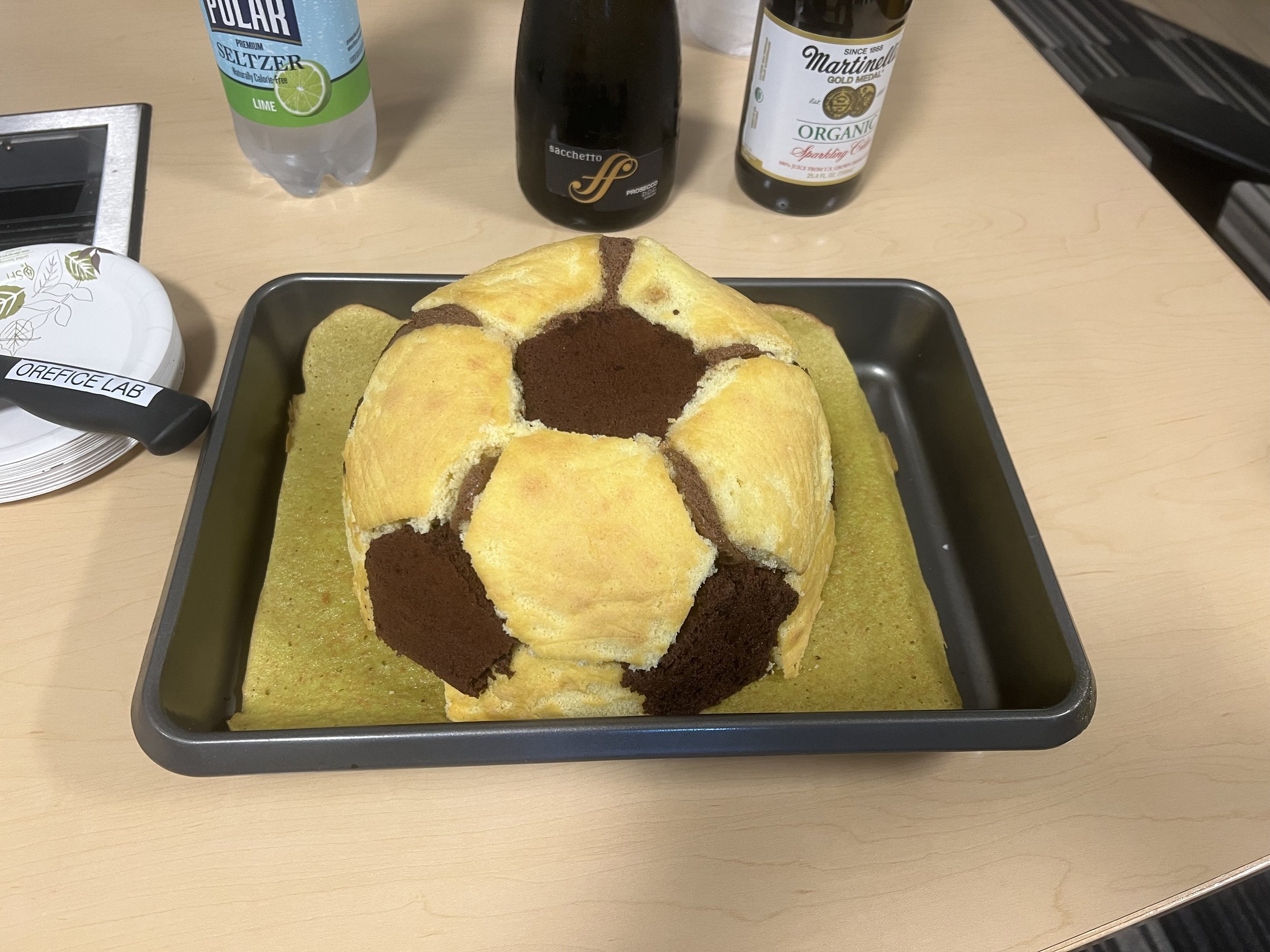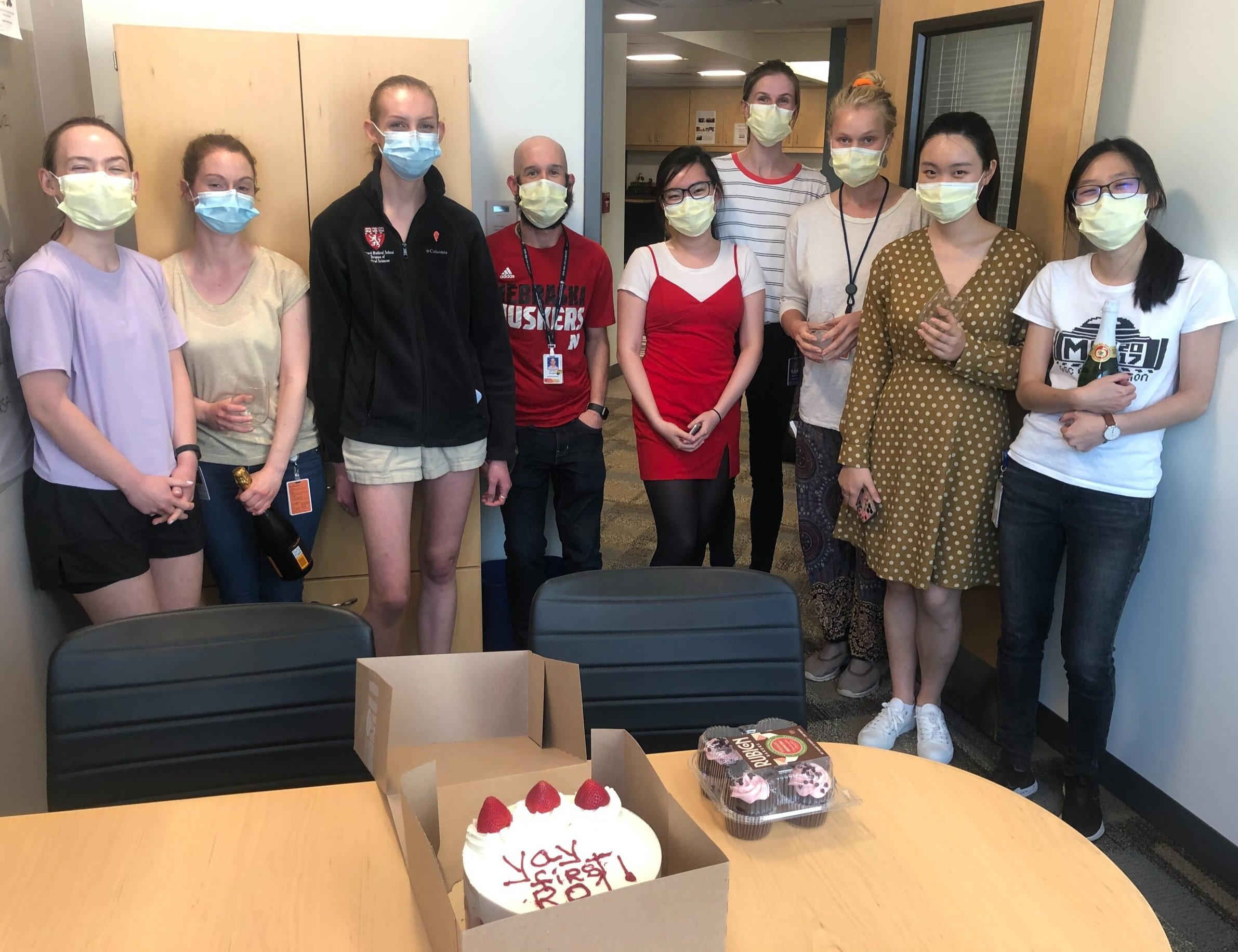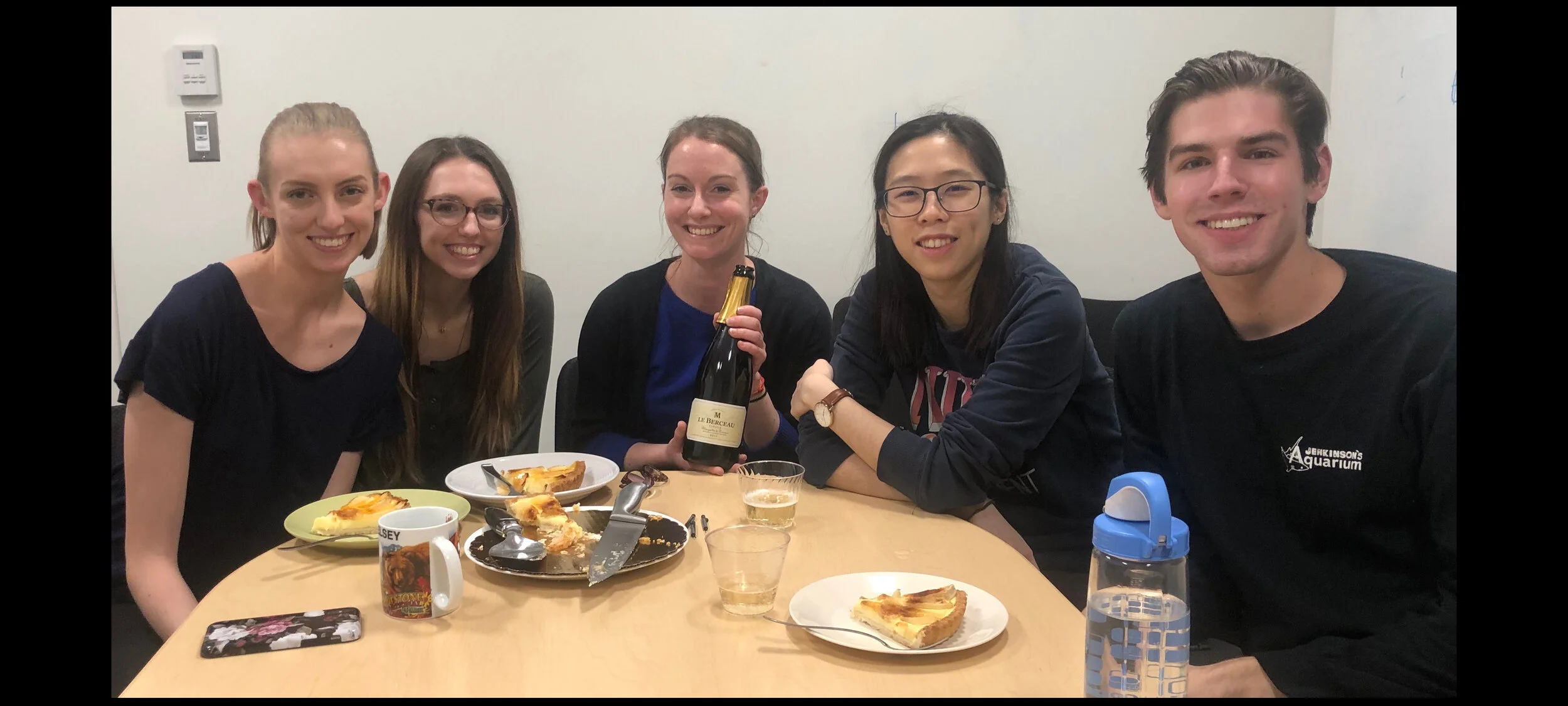Lab News
Lyndsey is awarded a 2023 Goldwater Scholarship!
MARCH 2023
Zach is awarded an NRSA predoctoral fellowship!
AUGUST 2022
Lauren is awarded a 2022 McKnight Foundation Scholar Award
JUNE 2022
Hillary Woodworth receives the 2022 Pamela Sklar Fellowship
Lauren is named a New York Stem Cell Foundation Robertson Investigator
OCTOBER 19, 2021
Hillary Woodworth receives the Outstanding Resident Award
from the National Institute of Mental Health!
OCTOBER 14, 2021
The Orefice lab receives its first R01!
JUNE 2, 2021
Lab receives a CDKL5 Program of Excellence Pilot Grant
from the Loulou Foundation
MAY 1, 2020
Orefice lab receives a
2020 Searle Scholar Award
Charline Kambrun Receives Hearst Postdoctoral Fellowship
DECEMBER 9, 2019
Orefice lab receives a Smith Family Award
NOVEMBER 14, 2019
Drugs that calm ‘touch neurons’ may ease autism traits
Spectrumnews.org
BY NICHOLETTE ZELIADT / AUGUST 8, 2019
“New drug that calms activity in ‘touch neurons’ eases sensory reactivity, anxiety and social difficulties in certain mouse models of autism.”
“…’Despite the fact that these animal models have very different molecular mechanisms underlying their behavior, there is a common circuit. It’s making me think in a different way about research on autism’…”
A Light Touch On Sociability
Cell
By Nuria Dominguez-Iturza and Claudia Bagni / August 8, 2019
“Autism spectrum disorder (ASD) is prevalent, complex, and heterogeneous, and currently there is no cure. Identifying shared mechanisms across the ASD spectrum is of utmost importance for therapeutic intervention. Orefice et al. show that tackling the GABAA receptor pathway in the peripheral somatosensory system in various ASD mouse models rescues core ASD-like phenotypes.”
This fellowship is sponsored by the Nancy Lurie Marks Foundation.
Soothing sensory sensitivity may ease social problems in mice
Spectrumnews.org
BY NICHOLETTE ZELIADT / 12 NOVEMBER 2017
“The findings suggest that some features of autism arise from malfunctioning neurons outside the brain and spinal cord, says Lauren Orefice, a research fellow in David Ginty’s lab at Harvard University. They also hint that treatments targeting these peripheral neurons could help to ease some features of the condition.”
Notable papers of 2016
Simons Foundation Autism Research Initiative
SPECIAL REPORTS / 2016: YEAR IN REVIEW / 26 DECEMBER 2016
“This year, as we do every year, we asked scientists to help us choose the 10 most ‘notable’ autism papers — ones that transformed the field in some significant way.
The final selection highlights several advances in the field. Researchers are homing in on immune molecules that may play a role in autism risk. And new tools, from genetically engineered animals to massive genetic databases, will be a boon to future research.
Orefice L. et al. Cell 166, 299-313 (2016): The anxiety and trouble with social skills seen in people with autism stem largely from neurons outside the brain that govern touch.”
Autism may stem—in part—from a disordered sense of touch
Science / Sciencemag.org





























